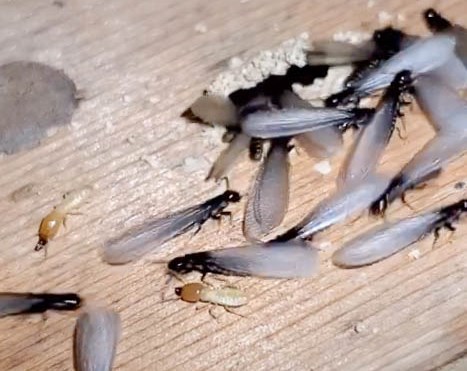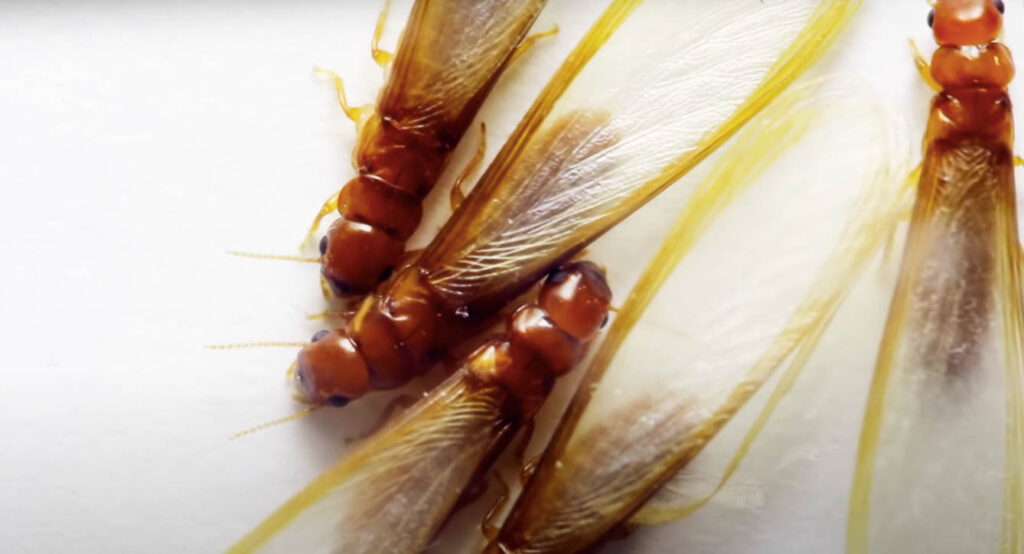When is termite season?
The beginning of a new season marks the beginning of a new era for every animal, including termites. For termites, a new season brings about the need to swarm and disperse to other new places to develop a new colony. During these times of the year, environmental conditions are usually favorable for termites to move around without the fear of desiccation.
Do you want to discover more about termites? Right here, we will be sharing all you need to know about these social insects and their seasonal behaviors and how they usually go about it yearly.
When exactly is the termite season?
The season of termites mainly depends on the species of the termites. For species like subterranean termites, swarming doesn’t take place until the weather begins to warm. In most cases, this kind of weather happens at the beginning of spring after a downpour of rain. When it comes to swarming, you need to understand the fact that not all species of termites do this at the same time. Nevertheless, the weather needs to be warm for this to happen for all species.
What usually triggers swarming?
The season of termites mainly depends on the species of the termites. For species like subterranean termites, swarming doesn’t take place until the weather begins to warm.

In most cases, this kind of weather happens at the beginning of spring after a downpour of rain. When it comes to swarming, you need to understand the fact that not all species of termites do this at the same time. Nevertheless, the weather needs to be warm for this to happen for all species.
Apart from the season, another factor that usually triggers swarming is the maturity of a colony. Although, there is a fixed age for a particular colony before swarming occurs. But in subterranean termites, swarming doesn’t take place until the colony is above three years old. As a result of this, even when conditions are favorable a colony might choose not to undergo swarming.
Are you wondering how swarming occurs and how it all starts? Immediately when the colony reaches a stage of maturity, the production of alate nymphs starts. After the colony senses that conditions are favorable, the swarmers develop wings and fly out in pairs out of the colony. After a short flight, their wings fall off and they will mate.
When they find a new place suitable enough to build a colony, the queen begins to lay her eggs. These eggs will either hatch into soldiers or workers depending on the need of the colony at that point in time. But all this can’t happen if environmental conditions aren’t suitable.
Over the lifetime of a queen, she can lay about a million eggs under normal conditions. This egg laying process is her sole responsibility, it can only be compromised if she is missing or becomes too old to keep up with the egg needs of the colony. In such a case, supplementary queens help out by laying additional eggs.
In most cases, people usually find it difficult to differentiate between swarming termites and ants. The two pairs of wings at the back of a termite which is absent in that of ants is a clear indication that it’s a swarming termite.

Lastly, noticing any signs of termite swarming around your property is a clear indication that you might have a termite infestation at hand. If you notice this, don’t hesitate to inspect your home or hire a professional to do it for you.
